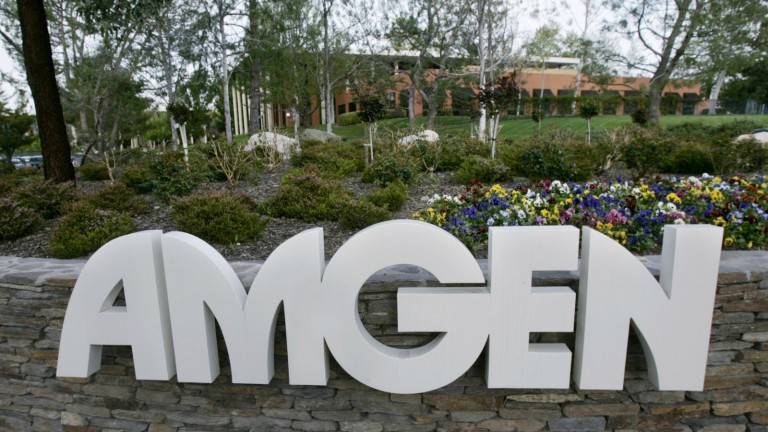
With Columbus Day week this week, things were moving a little slower in the biotechnology space than might normally be the case. This doesn’t mean we didn’t get any fresh news, it just means that we didn’t see the movement that we might otherwise have expected on the back of the news in question if and when it was released on a full market open day. With that said, of course, markets aren’t going to ignore pertinent developments and there is a good chance we will see companies move as markets reopen for a fresh session on Tuesday.
With this noted, here is a look at two of the companies likely to see some belated action during the session today and what’s moving each.
The companies in our sights right now are Onconova Therapeutics Inc (NASDAQ:ONTX) and Amgen (NASDAQ:AMGN).
First up, then, Onconova.
This one is a small biotechnology company that is working to bring a drug to market called Rigosertib. It is what’s called a synthetic benzyl styryl sulfone and, in the current (initial) target indication, Onconova is trying to get it approved as a treatment for 2nd-line HR-MDS (high-risk myelodysplastic syndromes).
Myelodysplastic syndromes are a group of disorders caused by poorly formed or dysfunctional blood cells and generally form on the back of some kind of dysfunction in the patient’s bone marrow. Basically, the blood cells that form in the bone marrow (or that would normally form in the bone marrow, more accurately) do not mature to fully functioning blood cells and, as a result, work as they should.
Symptoms in the early stages are similar to those of anemia, with fatigue, shortness of breath, paleness and pinpoint red spots just below the skin, common in most patients. Blood transfusions are the current standard of care treatments in the more severe cases (i.e. the high-risk patients in focus here) as well as a number of drugs that can be used to help replenish the number of functional cells in the body.
So, this is an intravenous therapy and, as mentioned, it is designed to treat only the most high-risk patients.
The program to date has been a pretty rough ride – this drug initially failed a phase 3 in the MDS patient population, with results of this failure hitting press early last year. However, on the back of a subset analysis, there was some indication that the drug can be effective in patients that have failed first-line therapy (i.e. the above-mentioned drug regimen) and it’s these patients that comprise the “high risk” target currently under investigation.
So why is this news today?
Well, we just got word that analysts at H.C.Wainwright have initiated coverage of the company with a Buy rating and a $6 price target. At its last close price, Onconova went for just $2.28 and that was a 30% premium to the start of the session on Monday.
In line with this, data from the above-discussed phase 3 study of the IV formulation of Rigosertib in high-risk patients is set to hit press during the final quarter of this year, meaning that we should get news at any point over the next 10 weeks or so. If the news is positive, and the data reinforces the suggestion that this can be an effective option for high-risk patients, the company is going to jump into the close of the year in anticipation of what should be a relatively quick turnaround NDA application.
Moving on, let’s look at Amgen.
The second development of note on Monday was that biotech behemoth Amgen let markets know that the FDA has set a PDUFA date for its supplemental Biologics License Application (sBLA) for a drug called Prolia (denosumab).
The company is trying to get it approved for the treatment of patients with glucocorticoid-induced osteoporosis (GIOP), which would be an expansion of its current approved target population, osteoporosis in postmenopausal women who have a high risk of bone fracture.
With this drug already being approved, and with the set of data that underpins the expanded application being relatively strong from an efficacy perspective, expectations are relatively high that Amgen should have no problem picking up the expanded approval. With that said, however, there have been safety concerns and especially concerns rooted in the potential for development of bone loss in the jaw, also called osteonecrosis of the jaw.
As such, the PDUFA is very much a binary event.
It’s not going to make or break Amgen, of course, the company has a solid portfolio of other assets and strong pipeline, but the sorts of supplemental applications are often seen as quick and easy revenue potential enhancers and have formed the basis of many catalysts in recent history for Amgen and others.




